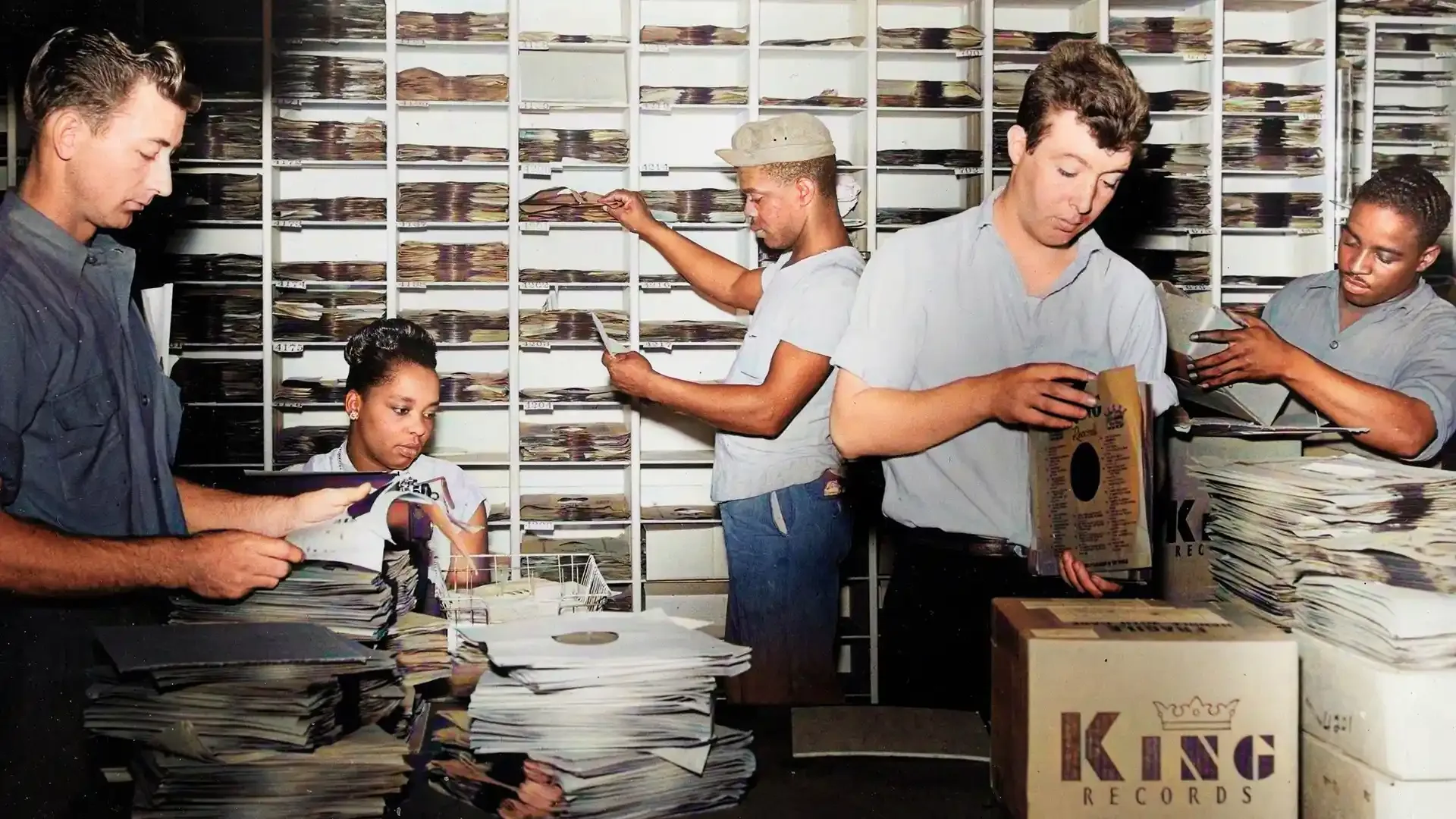Director Asako Gladsjo on ‘The Calling: A Medical School Journey’
“The Calling: A Medical School Journey” follows the intellectual and emotional journey of a group of students at Albert Einstein College of Medicine in the Bronx. Captured through verité scenes and personal video diaries, the film offers a rare inside look at America’s health care system through the eyes of these aspiring practitioners as they learn what it takes to become a doctor in one of the country’s most underserved communities.
Director Asako Gladsjo shares her thoughts on the filmmaking process that saw her following the students over the course of a year as they shared the humbling challenges they faced, their crises of self-doubt and exhaustion, and the moments of encouragement that inspired them to go on.
How did this film come about? How did the idea originate? What inspired you?
I have long been troubled by medical inequity in America. In a wealthy country like the U.S., why doesn’t everyone have access to life-saving medical care? Yet seeing the sacrifices health care workers made during the COVID-19 pandemic, even in this flawed system, made me curious about the people choosing to become doctors today. So when executive producers Tim Smith and Charles Tremayne proposed the idea of developing a film at Albert Einstein School of Medicine in the Bronx, I jumped at the chance.
My biggest inspiration was a doctor who I knew well: my daughters’ pediatrician, Dr. Christopher Phang. As a rare Black male physician serving a diverse community in Harlem, Dr. Phang connected effortlessly with patients and families of all backgrounds. He was knowledgeable and caring, inspiring trust that allowed him to provide excellent care. (By coincidence, he also mentored one of the first-year students we followed for the film, Andrew Peck.) After Dr. Phang’s untimely passing during production, I dedicated the film to his memory and to the hope that the students we filmed might become doctors like him.
How long did it take to make the film? From concept to finish.
We started developing the idea in August 2021 and completed the film – including the Nona Hendryx version of the Leonard Cohen song “Come Healing” for the final credits – in April 2024.
Why did you make this film?
I felt somewhat cynical about the medical profession before I made this film. Living without health insurance for many years, I felt that health care in the U.S. was a capitalist enterprise more focused on profit than people, which reflected the racism, sexism, and class bias of our society. Yet I knew that becoming a doctor required a huge amount of personal sacrifice, and I wanted to understand that contradiction. Meeting the students, faculty, and physician mentors at Einstein was such a humbling experience that I became eager to share with audiences. I hope that young people from diverse backgrounds who might consider pursuing medicine will take inspiration from the film’s subjects and make our health care system better for everyone.
Share a story about filming; anything that you found interesting along the way with your filming journey.
I hadn’t immediately realized the importance of Match Day, when all fourth-year medical students across the country find out at the same time where they’ll become residents. We had to coordinate with the school and bring in multiple camera crews that day to cover the event. Watching the students find out where they were going, after four years of incredibly hard work, was very moving. Some of us ended up in tears!
Support your local PBS station in our mission to inspire, enrich, and educate.
Did the film change from your original idea for the film as you were filming or in post?
I thought we would focus on just a few students, relying mostly on verité scenes. But our access turned out to be more limited than we hoped, so we included interviews and video diaries to make up for the moments we were not allowed to film.
What were the challenges in making this film?
The biggest challenge was access. Despite the helpful staff at Einstein, Montefiore, and the Institute for Family Health, many aspects of the students’ learning and patient care were off limits. We had to weave the moments we could capture with different students into a composite portrait of the med-school experience. We also had to work around the students’ demanding schedules since filming needed to take a distant second place to the real mission – their education. A few students dropped out of the film either because of their schedules or because we could not get permission to film key scenes.
What were the successes that you had in making this film?
Every student with whom we filmed, including a few who didn’t end up in the final cut, impressed us with their dedication and brilliance. Maybe Einstein attracts a special breed of students; their decision to pursue their medical education in the Bronx – one of America’s most underserved communities – proved that they weren’t afraid to face challenges. After we finished filming, we learned that philanthropist Dr. Ruth Gottesman had made Einstein tuition free with a generous donation of $1 billion. Younger students and all future Einstein classes now are able to pursue their education without the cost of tuition, which I hope will open the doors to even more diverse students.
What do you want audiences to take away from this film?
We hope that audiences will gain a deeper understanding of what it takes to become a doctor and why it’s valuable for doctors to work in underserved communities as part of their education. I also want young people from different backgrounds to realize that they could become doctors, too!
Was there a special technique or a tool that you employed in making the film and moving the story further?
We asked the students to record video diaries if they felt comfortable doing so. Some of the students – especially Tiffany Liu and Chetali Jain – blew us away with their painfully honest, lucid diaries that illuminated their private struggles and gave another dimension to the film.
Where do you find inspiration or who/what has influenced you as a filmmaker?
I was inspired by and grateful to the students who allowed us into their lives for an entire year and by the small creative team – especially Associate Producer Koralie Barrau, Director of Photography Asad Faruqi, Editor Lawrence Jackman, and Composers Deanna Choi and Bryan Bindon – whose contributions elevated the film in countless ways.

The PBS 'What to Watch' Weekly Newsletter
What to Watch delivers the best shows and content PBS has to offer each week.


